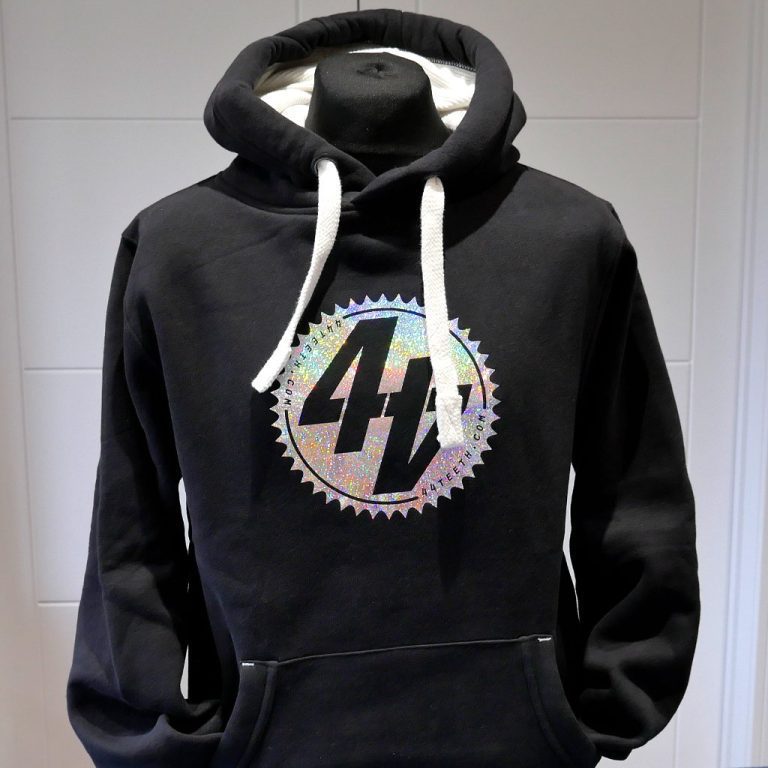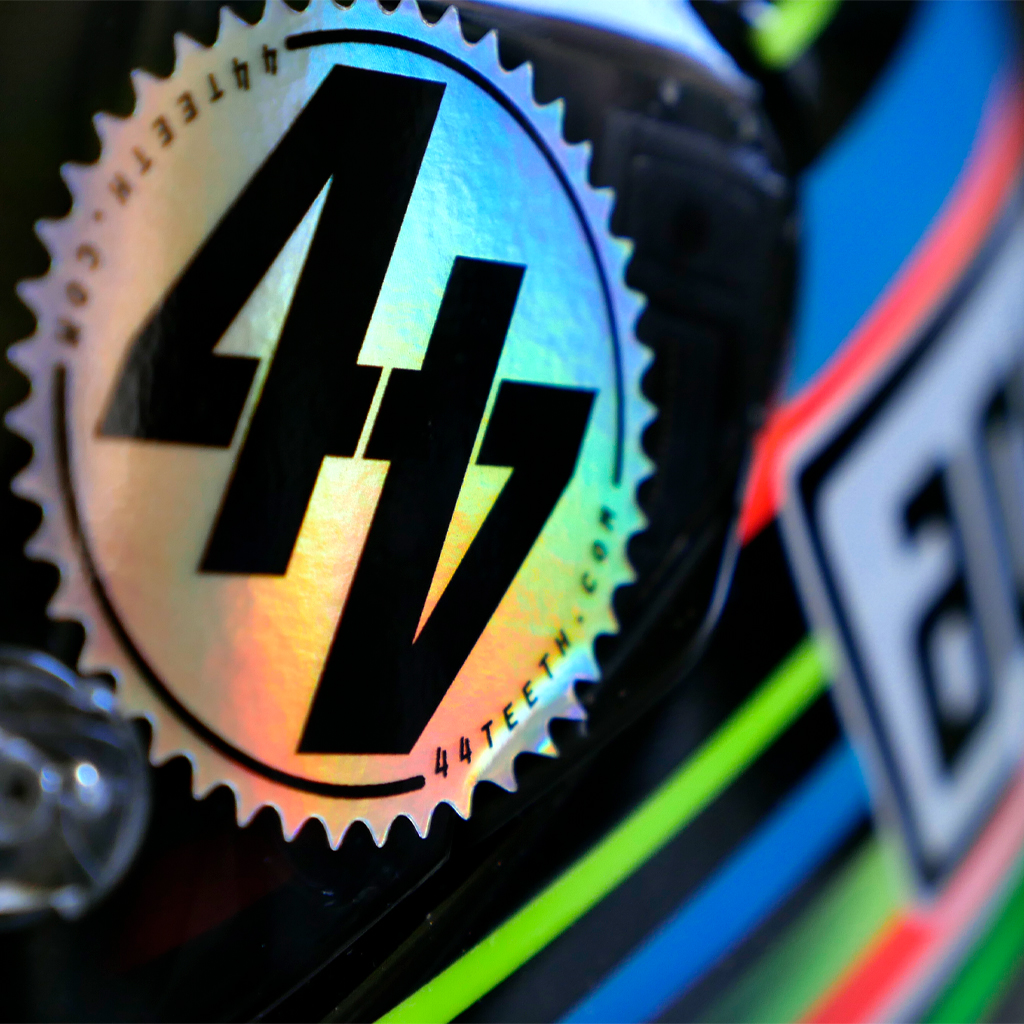 They don’t come much meaner (or redder) than this pairing. Our pick of 2015 – Ducati’s 1299 Panigale and the all-new Yamaha R1 – have been engrossed in a 44T style head-to-head skirmish over the past few weeks and the results stunned us. I never thought I’d say this, ever, but Ducati has built a better sportsbike for the road than Yamaha. On an everyday vibe, the 1299 marmalises the R1: everything from throttle response, power delivery, electronics relevance and stability are all superior on the roads.
They don’t come much meaner (or redder) than this pairing. Our pick of 2015 – Ducati’s 1299 Panigale and the all-new Yamaha R1 – have been engrossed in a 44T style head-to-head skirmish over the past few weeks and the results stunned us. I never thought I’d say this, ever, but Ducati has built a better sportsbike for the road than Yamaha. On an everyday vibe, the 1299 marmalises the R1: everything from throttle response, power delivery, electronics relevance and stability are all superior on the roads.
44Teeth were live and direct at the 1299 Panigale’s press launch at Portimao, where Ducati bosses stressed the importance of beating rivals in group/comparison tests. Well, Bologna, take a frickin’ bow. However, this isn’t a one-sided tale of triumph for Ducati. Yamaha has created one of the most formidable, radically focused sportsbikes ever built and the end product is devastatingly fast – and deeply involving. It’s also one of the most complex.
The choice quote from the 2015 R1’s press kit was, “No longer is mechanical superiority enough to stay at the top. The digital era has arrived.” Boom, there it is in one sentence. Yamaha engineers also told us in Milan that the R1 uses “92% of the factory’s MotoGP electronics,” which is entirely plausible given the gizmos at hand.


The eagle-eyed amongst you would have spotted the base model Panigale. Why? A number of reasons, the first being comparative price points. At £16,695, the once lavish, exclusive 1299 is a few bob dearer than the R1’s asking price of £14,999 but is also now well within financial reach for Barry next door. The second being we get an excuse to pitch the R1M against the Panigale S in the future. The third? We’re proving more costly doesn’t necessarily mean more talent.
Either Ducati knows something we don’t or the Bologna factory has screwed conformism to racing and gone big-bore with the latest Panigale – more than likely certainly the latter. Being ineligible for racing means the 1299 could be better tailored for the road, which Ducati has unanimously achieved with next-level refinement. Adding a massive dollop of midrange and usability to the Superquadro motor was a start…


You think a Panigale labours on start-up? The R1 protests into life, wheezing and spluttering before finally turning over. Even then, you can sense the emissions being sapped and the CP4 motor feels broken – it was born to feather the redline, not the breadline. JHS Racing’s dyno confirms what we’ve been experiencing in realtime over the past few weeks, though nothing can prepare you for the R1’s warp-speed protocol – brains need recalibrating, muscles you didn’t know existed need working, and open roads are required to unleash the crossplane frenzy. Below 7,000rpm, there’s a metallic, rasping noise. It feels feeble, almost malfunctioning and castrated. Above that 7,000rpm threshold, the R1 makes perfect sense – we both agree there isn’t another (normally-aspirated) bike that feels as rampantly fast as the Yamaha, such is way it spins internally and builds revs. Before you know it, there’s a 3-digit display on the dash and only a whiff of a crest provokes 5th gear mingers, officer.
We never quite found the perfect combination of electronic options (among the barrage) to remedy the R1’s snatchy throttle. At low revs in lower gears, the initial response is too brutal in ‘A’ mode and too vague in ‘B’ mode. Below 20mph is an utter pain in the botty, as manual clutch slip is needed to pootle around urban surroundings. The original big-bang R1 was renowned for its superb throttle-to-rear wheel connection. That’s now gone.


During committed stints over a-roads, the two are difficult to split. Tighter sections favour the punch and instant torque of the 1299, although the R1’s racing DNA comes to the fore with its addiction for corner speed. As the roads open up, not even the Panigale can match the R1’s terminal speed, so long as the needle is above 7,000rpm.
But criticising the R1 for being too racy is like condemning Ron Jeremy for having a big willy. Yamaha engineers blitzed the engine (we’re glad they kept the crossplane ethos), designed the chassis around the lump, and whacked on fairings as an afterthought. Setting lap times was the primary focus and we can’t fault that.


On the hoof, the R1 feels more fluid and intuitive than the 1299, more willing to meet an apex so long as the surface is smooth. Its sharp handling and lazer-guided front end come at a price though – caning the Yamaha can often get a little squirrelly under acceleration. The ‘bars waft casually as weight is transferred to the arse-end and, although far from dangerous, causes the odd pause for thought before asking for more throttle.
Whereas the R1 inspires hooliganism, the 1299 inspires confidence. Its slender physique is more greyhound than the R1’s bulldog stance, although the wheels feel more firmly planted. There’s no doubt it steers quicker and more precise than the 1199 (and more conventionally), and the monocoque chassis doesn’t throw up any idiosyncrasies – it’s just not as technically astute as the R1.


The R1 was designed to have both wheels firmly on the Tarmac, kiss apexes, make trackday goers smile and bust out lap times, which is evident as soon as the front wheel leaves the ground. Exaggerated by the engine’s riotous insistence, thank fuck for wheelie control – even on the road. Clearly, both come heavily laden with de rigueur electronics suites that are more suitable for circuit-based antics: traction control, anti-wheelie, 6-axis gyro thingumabobs, etc. Yamaha’s SCS (Slide Control System) is different to the R1’s traction control, in that the trickery allows the rear to step out to a desired amount – super clever but largely redundant on the road.
Ducati’s throttle blipper is an ingenuously joyous addition, making light work of road duties. It’s not as easy/soft on the toe as, say, the BMW system but it’s also more clinical. At least it’s got one. The 1299’s corner entry is also superior when it comes to braking, with powerful Brembo goodies as opposed to the R1’s Tokico set-up, which faded even on the road.
What about other sportsbike trivialities? We saw a genuine 60 miles before the 1299’s fuel light illuminated and got a further 20 miles before refuelling. The Ducati is also far hotter on the botty than the R1, with that extravagant exhaust bend hovering dangerously close to the saddle. But the R1 wins the turning circle challenge, which is essential for numerous passes on a photoshoot…
If this was a track-only assessment, it might be a very different story but, put simply, the Ducati 1299 is a better road bike than the Yamaha R1. Baron chose the Ducati for the return leg, which was ideal as I was lusting after a crossplane soundtrack to accompany my journey home. If you, like Baron, prefer an easy life with gorgeous Italians, the 1299 ticks all the everyday boxes. I’m more partial to a sporty number with attitude that loves a good spanking, and the R1 does it for me. It’s not always about finesse and an easy life…
More specifics on each bike? Click here for the R1, and here for the 1299, and here for the Panigale’s track test. Full review vid coming next week…



















